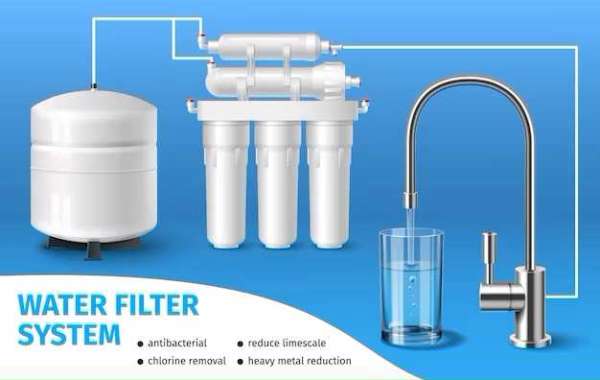Introduction
Access to clean and safe drinking water is a fundamental human right, yet millions of people worldwide still lack access to this basic necessity. Water pollution, environmental degradation, and population growth have exacerbated the challenges in maintaining adequate water quality. In response, water filtration technology has seen remarkable advancements, offering innovative solutions to ensure clean water for all. This article explores the evolution of water filtration technology, its different methods, and the promising future it holds in meeting the global water crisis head-on.
Traditional Filtration Methods
Historically, traditional water filtration methods included simple processes like boiling and sedimentation. Boiling water helps kill harmful microorganisms, while sedimentation allows heavy particles to settle down, leaving clearer water. Though effective to some extent, these methods had limitations in removing chemical pollutants and dissolved contaminants.
Activated Carbon Filtration
Activated carbon filtration emerged as a significant improvement in the early 20th century. It involves the use of carbon to adsorb and remove impurities and contaminants from the water. This method is highly effective in removing organic compounds, chlorine, volatile organic compounds (VOCs), and some heavy metals. Activated carbon filters are commonly used in household water purification systems and point-of-use devices like water pitchers.
Reverse Osmosis (RO)
In the 1960s, reverse osmosis (RO) technology revolutionized water filtration. It utilizes a semipermeable membrane to separate impurities and contaminants from water molecules. RO is highly efficient in removing dissolved salts, heavy metals, bacteria, viruses, and other harmful substances, making it suitable for desalination and producing high-quality drinking water. However, it requires significant energy and generates a large amount of waste water, making it less environmentally friendly.
Ultrafiltration (UF)
Ultrafiltration is a membrane-based filtration process that operates on a smaller scale than RO. UF membranes have larger pores, allowing them to remove larger particles, colloids, and some microorganisms from water. UF is widely used in water treatment systems, especially in pre-treatment processes, as it helps to reduce the load on downstream processes like RO.
Nanofiltration (NF)
Nanofiltration is a newer filtration process that bridges the gap between UF and RO. NF membranes have smaller pores than UF but larger than RO, allowing them to remove a broader range of substances, including divalent ions, certain organic compounds, and smaller particles. NF finds applications in water softening, color removal, and producing high-quality drinking water.
Ceramic Water Filtration
Ceramic water filters are a simple and cost-effective technology that uses porous ceramic materials to filter out bacteria, protozoa, and other particles. These filters are particularly suitable for rural areas and emergency situations where access to clean water is limited. They are low-maintenance and do not require electricity, making them a sustainable solution for clean water access.
Solar Water Disinfection (SODIS)
In regions with ample sunlight, Solar Water Disinfection (SODIS) is a unique water purification technique. It involves exposing water-filled PET bottles to direct sunlight for several hours, which heats the water and kills harmful microorganisms, making it safe to drink. SODIS is a low-cost and simple method, that empowers communities with limited resources to purify water effectively.
Conclusion
Water filtration technology has come a long way, offering a range of innovative methods to combat water pollution and ensure clean water access for everyone. From traditional filtration to advanced processes like reverse osmosis and nanofiltration, each method plays a crucial role in addressing the global water crisis. As technology continues to evolve, we can look forward to even more efficient, sustainable, and cost-effective solutions, paving the way for a future where clean water is a reality for all. To achieve this goal, it is essential for governments, organizations, and individuals to collaborate and invest in the development and implementation of these cutting-edge water filtration technologies.








